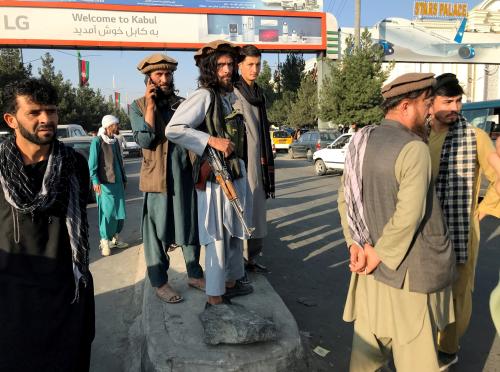A meeting on the subject of When Internal Displacement Ends was convened at the Brookings Institution in Washington, D.C. on 22 April 2002, sponsored by the Brookings Project on Internal Displacement and the Georgetown University Institute for the Study of International Migration. The need for this meeting arose from an increasing number of requests for criteria to determine when internal displacement ends emanating from organizations working in the field with internally displaced persons (IDPs), governments framing policies and programs for the internally displaced, and organizations and researchers compiling statistics. In response to these queries, the Office for the Coordination of Humanitarian Affairs (OCHA) requested the Representative of the United Nations Secretary-General on Internally Displaced Persons, Dr. Francis Deng, to provide guidance and advice on definitional issues “indicating when generically an individual would not only become an IDP but when he/she should no longer be considered under this category.” In making this request, OCHA emphasized that “operational demands. . . increasingly dictate the requirement for a coherent response.” The Representative, who also is Co-Director of the Brookings Project on Internal Displacement, chaired the meeting exploring these issues.
In advance of the meeting, a discussion paper by Erin Mooney (Brookings Project on Internal Displacement) entitled “An IDP No More? Exploring the Issue of When Internal Displacement Ends”, together with a comment by Professor Walter Kälin (University of Bern) on the legal dimension of the issue and a commentary by Matthew Karanian (Georgetown University), had been circulated to participants.
The 30 participants in the meeting included representatives from international organizations and non-governmental organizations working with internally displaced persons as well as experts from universities and research institutions studying displacement issues. The varied perspectives and experiences participants shared at the meeting fostered a rich and stimulating discussion, the essence of which is summarized in this report.

